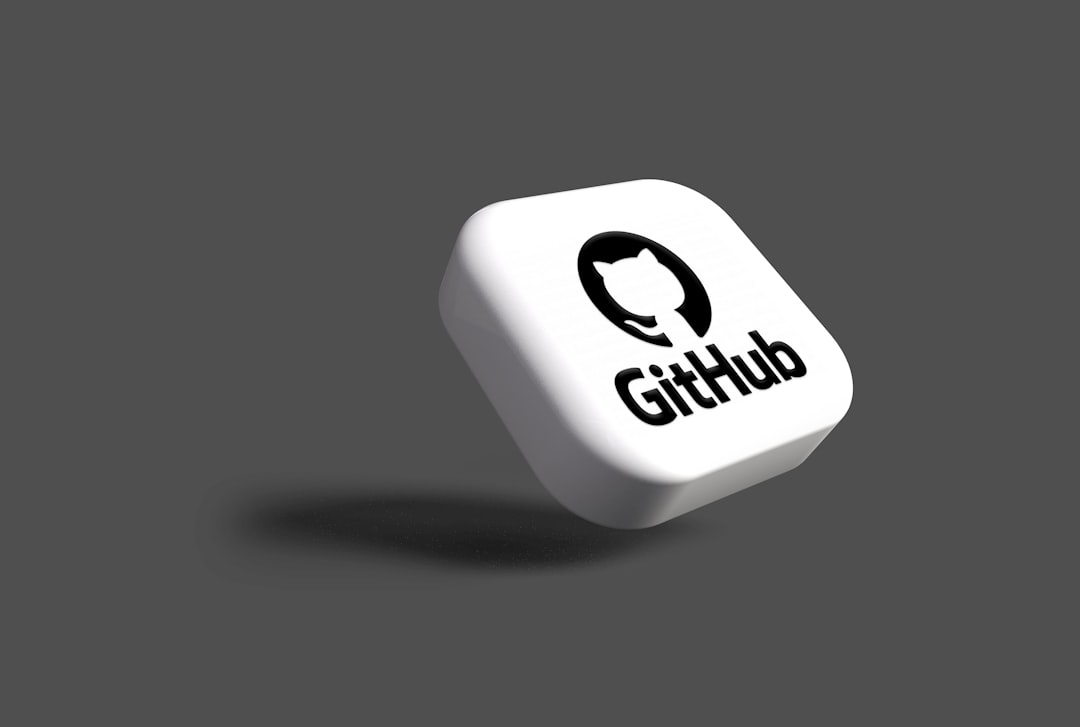Why Every NetBox Plugin Developer Secretly Believes Their Code Deserves Its Own Nobel Prize in Network Management

NetBox—a powerful open-source network source of truth and IP address management (IPAM) solution—has become a cornerstone in infrastructure operations for engineers around the globe. But while the base application is powerful on its own, its real superpower lies in its plugin system. For the creative developer who dares to extend it, building a NetBox plugin is more than just writing Python code—it’s crafting a digital symphony of network automation, visibility, and elegance. And somewhere deep in each developer’s heart, a whimsical thought flickers: This plugin is so good, it deserves a Nobel Prize in network management.
Why All the Quiet Confidence?
Sure, it might sound like a stretch, but the sentiment isn’t as exaggerated as you might think. Here’s why a humble NetBox plugin developer might feel that their creation is the most important piece of software engineering since BGP routing:
- Hours of Life Sacrificed to the Debugging Gods – Crafting a finely-tuned NetBox plugin isn’t for the faint-hearted. These coders wrestle with the intricacies of Python, Django models, permissions, and REST APIs late into the night. Every “500 Internal Server Error” they’ve conquered feels like winning a small skirmish in a cosmic war.
- Solving Real, Painful Problems – Many plugins aren’t made just for fun—they’re born out of real operational pain. Whether it’s correlating IP allocations with rack availability or mapping VLAN usage across dozens of sites, each plugin often solves a very specific, very irritating challenge that no one else wanted to tackle.
- Making NetBox Smarter Than Ever – The leap from using vanilla NetBox to running a heavily augmented version with custom dashboards, external integrations, and device automation is massive. Those who enable that leap are deserving of admiration, at the very least.
The Plugin Developer’s Journey
Behind every plugin lies a dramatic tale of inspiration, frustration, and eventual triumph. Understanding this journey explains why any developer who’s finished even a basic plugin turns into a humble-bragging philosopher.
Phase 1: The Revelation
It starts with a spark. Maybe NetBox can’t quite represent the physical layout of an optical transport network. Maybe your team needs real-time port utilization pulled from Prometheus right into the device view. Whatever the use case, there’s a moment when a developer thinks: “I can do this better.”

Phase 2: The Descent Into Madness
NetBox’s plugin framework is well-documented, but no framework can fully prepare you for the nuances of backend data modeling, frontend integration, and Django signals all colliding at once. Add in constraints like multi-tenancy, API cleanliness, and UI consistency, and you get the perfect recipe for existential dread.
During this phase, developers will inevitably utter phrases like:
- “Why won’t this foreign key render?”
- “Why can’t I override this template block?”
- “Why is it working on my local machine but not in production?”
Phase 3: Enlightenment Through Documentation
Eventually, the clouds part. Mistakes are understood. Patterns emerge. The developer stops blindly copying model field options and starts composing purpose-driven views, serializers, and signals that work harmoniously. There’s a kind of Zen to writing a plugin that’s both powerful and clean. The tests pass. CI/CD pipelines are green. The UI doesn’t break in dark mode. Life is good.
Phase 4: Release and Recognition
With the plugin finally published, the developer posts to GitHub, Reddit, or the NetBox community and waits. Soon, stars start accumulating, issues get opened, and contributions are suggested. Someone else has had this problem, and they are grateful.

The Unsung Innovation of Plugin Ecosystems
Unlike traditional software platforms, NetBox’s plugin framework wasn’t just tacked on—it was architected as a key part of its extensibility. By supporting site-specific plugins, it enables users to adapt NetBox to their own niche networking environments without needing to fork the core codebase.
This model encourages innovation from the grassroots up. Just a few notable examples include:
- NetBox-QR – A plugin that autogenerates QR codes for devices, making asset scans in data centers blazingly fast.
- NetBox-Topology-Views – Generates dynamic topology diagrams using D3.js, neatly solving the problem of visualizing complex L2/L3 interconnections.
- NetBox-Config-Backup – Automates device configuration archival, integrated directly into the NetBox UI. Who needs RANCID?
None of these are part of NetBox core—and that’s a good thing. Giving the community the freedom to create whatever they want has led to a richer ecosystem, with plugins traversing into areas like compliance auditing, cable harness management, and firmware tracking.
What “Nobel-Worthy” Really Means
Yes, it’s tongue-in-cheek to imagine some Swede on a velvet stage handing a medal to someone for a plugin that maps LLDP neighbors. But if we think of the Nobel Prize in its spirit—not just as an award for world-saving breakthroughs, but for significant advances that change how people live and work—then, well… maybe the idea’s not so far-fetched.
A plugin that saves network engineers hours of tedious troubleshooting every week? That keeps misconfigurations at bay? That helps a hospital prevent data outages, or a university manage its sprawling multi-campus infrastructure with clarity? Innovation doesn’t always wear a lab coat—sometimes it types python manage.py makemigrations.
What’s Next for the NetBox Plugin Identity Crisis?
Plugin developers are no longer shy hobbyists writing glue code on weekends. As NetBox’s footprint grows, especially in enterprise settings, we’re seeing a maturing approach to plugin development. Teams are forming DevOps squads around NetBox, companies are allocating budgets for extending it, and yes—even interview questions now include “What plugins have you written or used with NetBox?”
So maybe there’s no trophy. No million-dollar prize. But every time a junior engineer clicks a custom tab in the device view and gets the exact report they need, without spending hours compiling data by hand—that plugin developer knows one thing:
They saved someone’s day. And maybe, just maybe, changed the game—if only a tiny bit.
Final Thoughts
Whether they’re building topology visualizations using D3 magic, integrating live SNMP polling into the NetBox UI, or creating the world’s most perfectly aligned metrics dashboard tab, NetBox plugin developers aren’t just writing code—they’re redefining how we manage the art and science of networking.
And for that, if you see them quietly glowing at their desks, a little smug perhaps, remember: it’s not arrogance. It’s just the afterglow of having built something exceptional—something impactful. Maybe it’s not getting a Nobel Prize. But it certainly deserves a nod, a handshake, and one enthusiastic Slack emoji reaction.
